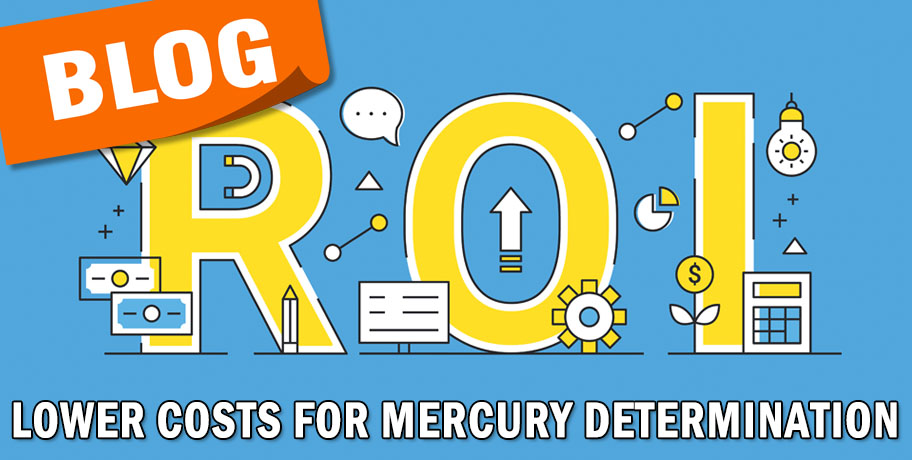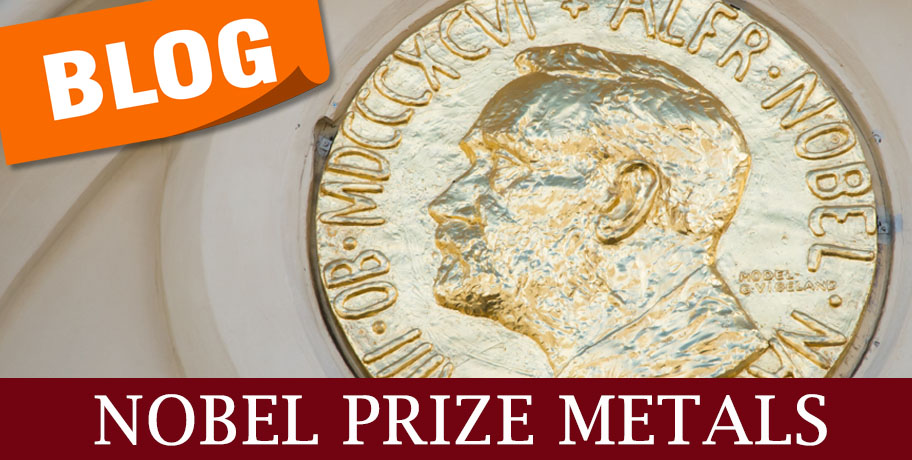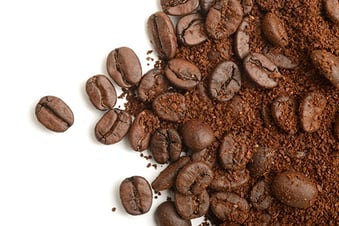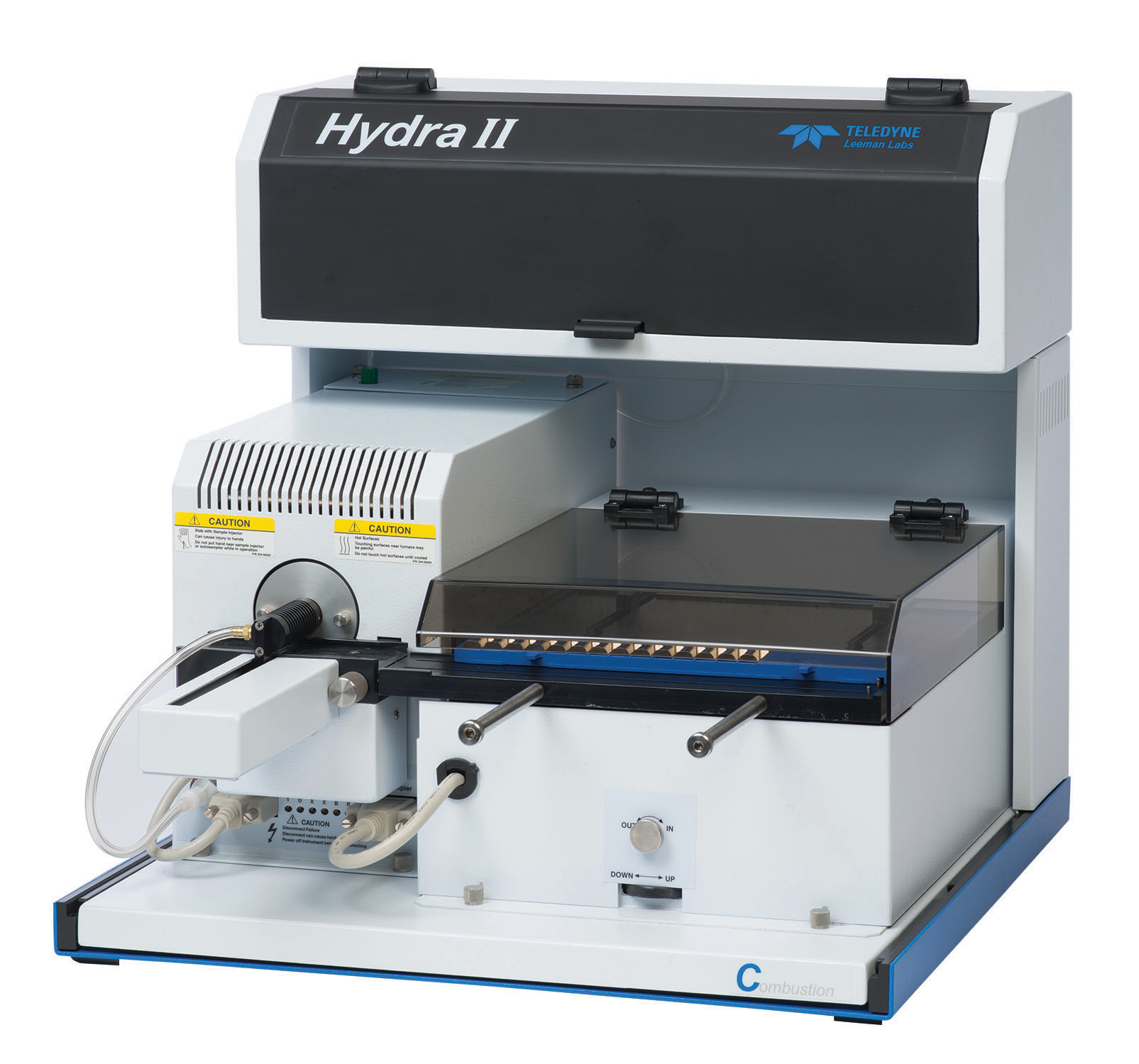For many cappuccino and latte lovers, the ideal coffee coupling consists of a warm microfoam meticulously mingled with a favorite coffee. And, a seemingly magical dose of microfoam is at the crux of latte art for coffee aficionados. But, can foam and coffee work together to remedy water pollution problems? A new study reveals how coffee and foam can function in concert to divorce destructive chemicals, such as mercury, from polluted water.
The study, published in ACS Sustainable Chemistry & Engineering, explained how researchers from the American Chemical Society used spent coffee grounds and bioelastomeric foam to remediate water. The foam, infused with expended coffee grounds, performed as a filter. Water is deemed remediated when pollutants are eliminated so it is safely consumable for people to drink.
Read More








 Researchers have turned coffee grounds into a spongy filter that absorbs heavy metals from water. The filter, which was described in the September 2016 issue of the American Chemical Society's journal
Researchers have turned coffee grounds into a spongy filter that absorbs heavy metals from water. The filter, which was described in the September 2016 issue of the American Chemical Society's journal 
